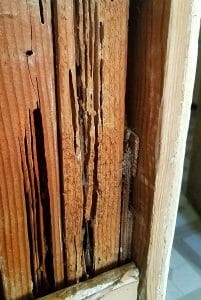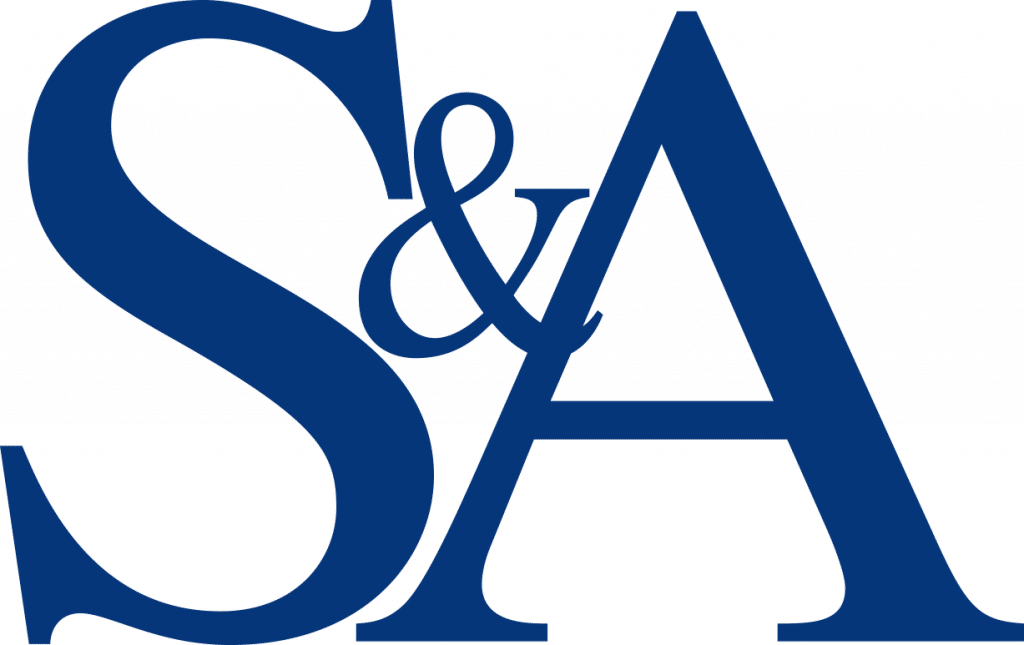This can be a big number and must not be overlooked. In Illinois we pay our real estate taxes in the arears. Sellers, therefore, typically credit buyers for their share of the tax bills that are not published by closing. This way Buyers have the money to pay Seller’s share from when they owned the property. Escrows are sometimes an option, but credits that finalize this issue are more commonly utilized.
By custom and Contract, the starting point for most tax credits is the last ascertainable full year of taxes. That number is multiplied by a factor, typically 105-110%, to account for a possible/probable tax increase. Triannual reassessment years and many other issues specific to the property can take it out of the norm, but most deals use the traditional factor range.
Once we have padded the full year tax bill, we simply divide that number by the 365 days in a year to come up with our per diem. The per diem is then multiplied by the number of days the seller owes the buyer. Once any eligible exemptions are deducted from this figure, we just about have the final tax bill. If the Seller has already made a payment toward the bill to the Treasurer, that amount is of course deducted from the final credit.
Below is an interactive calculator that will get you a ballpark for the tax credits. Again, Your Lawyers will handle all the details, but it is important for you to understand how the numbers came together. It doesn’t have to be a mystery.













